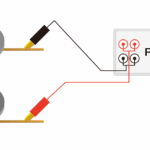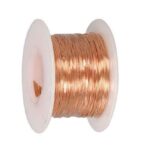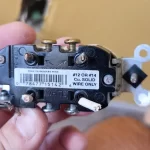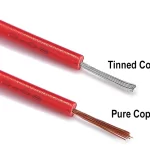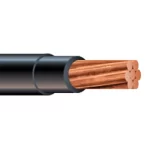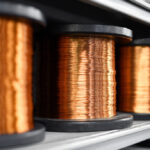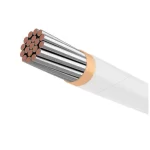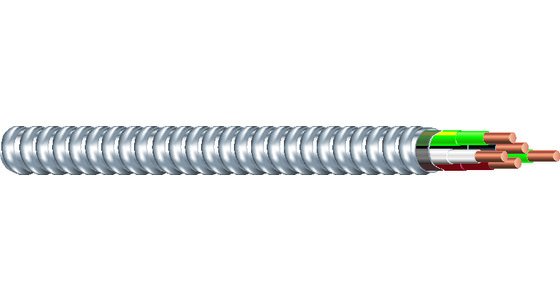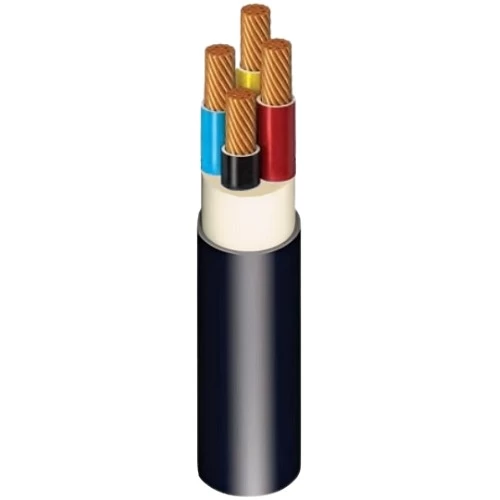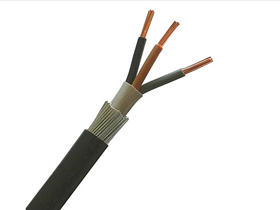SJT cable stands for Service Junior Thermoplastic cable. It's a flexible, multi-conductor power cord commonly used for light to medium-duty indoor applications. Here’s a detailed breakdown of what SJT cable is and where it's typically used:
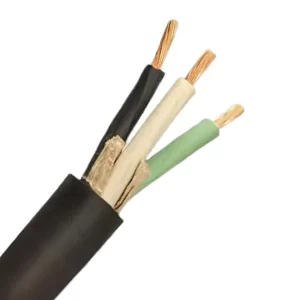
what is sjt cable
🔌 What is SJT Cable?
SJT cable is a type of portable power cable defined by UL (Underwriters Laboratories) standards. The abbreviation breaks down as follows:
-
S = Service cord (general-purpose)
-
J = Junior (300V rated; thinner insulation than standard 600V “S” cords)
-
T = Thermoplastic (insulation and jacket made of thermoplastic PVC)
⚙️ Key Specifications
| Feature | Description |
|---|---|
| Voltage Rating | 300 volts |
| Temperature Rating | Typically -20°C to 60°C or 105°C |
| Conductor Material | Stranded copper |
| Jacket | Flexible PVC |
| Conductor Count | 2, 3, or 4 (commonly) |
| Approvals | UL Listed, CSA Certified |
🧰 Common Applications
-
Power tools and extension cords
-
Office equipment
-
Medical and laboratory devices
-
Audio-visual and lighting setups
-
Household appliances (e.g., fans, heaters)
Note: While flexible, SJT cables are not rated for outdoor or wet environments unless marked with additional designations (like SJTOW for weather and oil resistance).
🔠 Variants of SJT Cable
-
SJTOW – Weather- and oil-resistant; suitable for outdoor use
-
SJTO – Oil-resistant but not necessarily weather-resistant
-
SJTW – Weather-resistant but not oil-resistant
These versions meet different environmental needs and are marked accordingly on the cable jacket.
✅ Conclusion
SJT cable is a versatile, flexible cable designed for 300V indoor power connections. It's widely used in homes, offices, and light industrial settings where mobility and insulation flexibility are important. Always check for the right variant (e.g., SJTOW) if moisture, oil, or outdoor use is expected.

